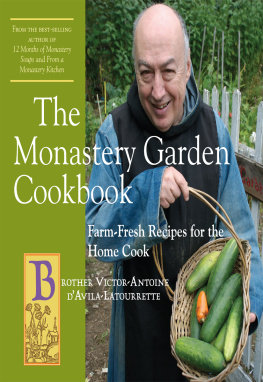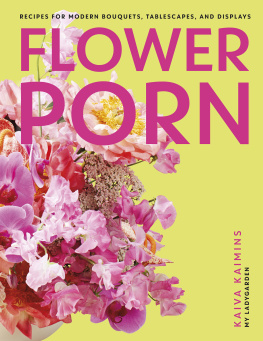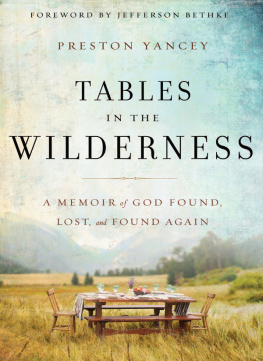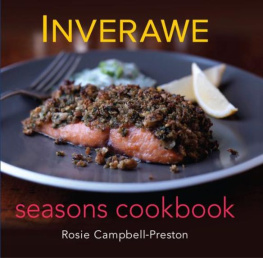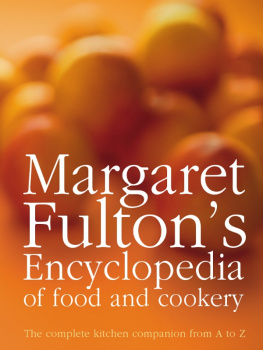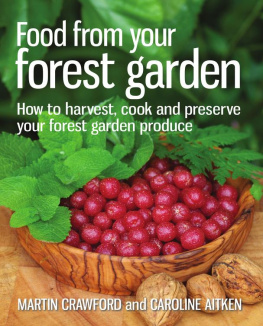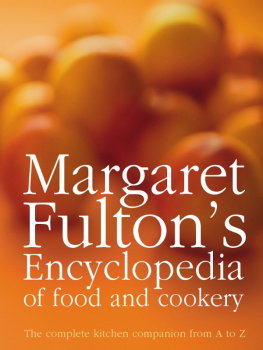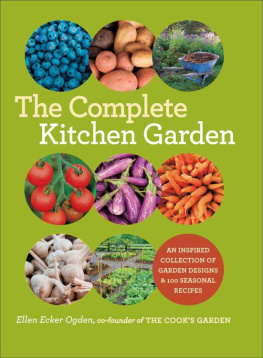ACKNOWLEDGEMENTS
My foremost thanks go to the institutions and owners of works of art by Margaret Preston for their goodwill and kind permission to reproduce the images included here. I am most grateful to Nick Nicholson at the National Gallery of Australia, and Jenni Carter and Jude Fowler Smith at the Art Gallery of New South Wales, all of whom have offered much assistance with this book, and who work tirelessly and expertly behind the scenes to support the publishing of illustrated books and exhibition catalogues in Australia.
I would also like to thank Emma Busowsky Cox, Castlemaine Art Gallery and Historical Museum; Roger Butler and Rose Montebello, National Gallery of Australia; photographer Christian Capurro; Damian Cole, National Library of Australia; Helen Carroll, Wesfarmers Art Collection; Rebecca Coates, Shepparton Art Museum; Damian Cole, National Library of Australia; Tansy Curtin, Bendigo Art Gallery; Tessa Dorman, Menzies; Grant Eldridge, State Library of South Australia; Christine Feher, Royal Art Society of New South Wales; Sally Garrett, Cazneaux Estate; Brian Geraghty, Berowra Waters Inn; Melissa Hellard and Victoria Perin, Deutscher and Hackett; John Keats, Sothebys Australia; Tracey Lock, Art Gallery of South Australia; Erica Persak and Sarah Yukich, Kerry Stokes Collection; John McPhee; Helen Manu, Ultimo College Library; Diane Morris, National Portrait Gallery; Mary Lou Byrne, Mosman Library Service; Jennie Rayner, Caroline Simpson Library & Research Collection, Sydney Living Museums; Gillean Shaw, University of Newcastle; Anastasia Symeonides, Fairfax Media; Richard Wotton, Sarjeant Gallery Te Whare o Rehua; and especially my colleague and friend Denise Mimmocchi, Art Gallery of New South Wales. I am very grateful to Sue Cramer and Kendrah Morgan, who generously read early drafts of the text and offered much encouragement. My thanks also to Kirsty Grant, Linda Michael and Katarina Paseta at Heide Museum of Modern Art, and to Sigourney Jacks, who has graciously assisted in a multitude of ways.
Warm thanks to the wonderful Sally Heath and Cathy Smith, the executive publisher and the senior editor at MUP, also to Paige Amor, who brought much experience to editing the manuscript, and Hamish Freeman, who exercised both flair and restraint in designing a beautiful book.
A number of enthusiastic home cooks tested the recipes contained herein, and I thank them all for their efforts and suggestions: Molly Harding, Sally Heath, Sigourney Jacks, Judy McLeod, Sue Reynolds, Lynne Rahill, Jennifer Ross, Cathy Smith, Eliza Weichelt and Sarah Wilson. Special thanks to Jenny-Lynn Potter, who provided an early sounding board as well as preparing many Margaret Preston lunches, dinners, and afternoon teas.
I remain ever thankful to my parents, John and Molly Harding, who can be relied upon to offer sound and frank advice in tandem with unflinching support. And lastly my love and thanks to George, Olivia, Alex, and especially Eliza, who enjoyed this project as much as me.
AUTHORS NOTE

The idea for this book has been simmering since I saw Margaret Prestons charming volume of handwritten recipes tucked away in a solander box full of her prints at the National Gallery of Australia. That was well over a decade ago, and the viewing a chance aside during some research for another project. But there was something about this glimpse into the personal life of Preston, one of Australias most celebrated and beloved artists, that registered the modest compilation as something worth further consideration at a later date.
In the intervening period my colleague Kendrah Morgan and I wrote a book inspired by a small, spiral-bound folder of recipes held in the ephemera collection at Heide Museum of Modern Art, where we work as curators. It belonged to the museums founder, Sunday Reed, and the recipes formed the starting point for Sundays Kitchen: Food and Living at Heide, a behind-the-scenes look at this well mythologised home and haven for artists. MUPs executive publisher Sally Heath was an editor at The Age at the time and made the brave undertaking not only to cook her way through the books recipes, la Julie and Julia, but to plant and harvest the required fresh ingredients as well. Her blog recounting the various trials and triumphs of the year-long project affirmed that foodits growing, cooking and sharingcan bring us closer to another time in history and to the table of someone we dont know.
Margaret Preston: Recipes for Food and Art draws on the same principles as Sundays Kitchen, but the nature of Prestons papers and her extant correspondencevery businesslike, rather than revealing of her private worldrequired a different approach. Prestons well-known oeuvre is comprehensively covered by Roger Butlers major catalogue raisonn of prints and the definitive book on her paintings by Deborah Edwards and Rose Peel with Denise Mimmocchi. Their exemplary scholarship, together with the pioneering research of Mary Eagle and Daniel Thomas, revealed Prestons attuned domestic aesthetic and her democratic views about culture and craft. She wrote a host of articles on making art, from how to throw a pot, make a silkscreen print and weave a basket, to principles for decorating a house and arranging flowers. That Preston made her artwork at home, and frequently in the kitchen rather than in a studio, seemed to make these two styles of recipes natural companions.
Along with the original recipe book (dating from c. 1915 through to the 1930s), there is a second tranche of Prestons recipes contained in a scrapbook at the National Gallery of Australia. These added to the possibilities for inclusion herein, while a clue in an article the artist wrote in 1930 helped identify the cookery book she purchased when newly married: Amie Monros The Practical Australian Cookery. Monros recipes cited in the pages that follow have been selected by instinct and supposition, but other than in one instance, it should be noted there is no firm evidence of Preston having cooked these particular dishes.
For ease of use the recipes have been standardised and metricated, and helpful notes from my testers and tasters have been added. Cooking times have also been adjusted to suit contemporary ovens. It will be clear to readers that these dishes are, on the whole, simple and unsophisticated fare, though they are typical of their time. That said, they call for ingredients readily found in most kitchens and I have added quite a few of the cakes to my repertoire. Like Sally with Sunday, I feel I know a little more about Margaret Preston as her home has come to mine.
A note on nomenclature: I have used the artists maiden name, McPherson (which she also spelt Macpherson for a time) until the point in the text where she marries and changes her namealigning with the way she signed her artworks.
Lesley Harding,
May 2016
SELECT BIBLIOGRAPHY
BOOKS
Alcorso, Claudio, A New Approach to Textile Designing by a Group of Australian Artists, Ure Smith, Sydney, 1947.
Ambrus, Caroline, Australian Women Artists. First Fleet to 1945: History, Hearsay and Her Say, Irrepressible Press, Canberra, 1992.
Bannerman, Colin, A Friend in the Kitchen: Old Australian Cookery Books, Kangaroo Press, Sydney, 1996.
Bell, Clive, Art, Chatto and Windus, London, 1914. Bogle, Michael, Design in Australia 18801970, Craftsman House, Sydney, 1998.
Bogle, Michael, Designing Australia: Readings in the History of Design, Pluto Press, Sydney, 2002.
Brown, Louise, Beatrix de Crespigny, Mary Harris, Kathleen Kyfflin Thomas and Phebe Watson (eds),


